Hey I absolutely love Wings, I visited the Yankee Air Museum in Chino, California in October and they had some of the actually planes flying in Wings (and Dawn Patrol and Hell’s Angels). Some of these planes are still flying and appearing on modern WW1 movies. The 20s had some awesome movies and planes. :-).
Hey, I saw and love that film as well, especially the Zeppelin scene. I just saw The Aviator (again) when this post popped up. ![]()
Wow a fantastic movie, I used to work in Russia for a bit and I even get quite a bit of the conversation. Very well made!
Are my eyes hurting? I can’t find a single recommendation for ‘Liberation’ in this entire thread
You’d think this mandatory viewing for anyone interested in the Eastern front.
Those are absolutely great. I have them on DVD.
For movies about the Troubles I recommend Yann Demange’s '71 and Paul Greengrass’ Bloody Sunday. The latter showing in graphic grimy detail the events of Bloody Sunday unfolding, based on Don Mullen’s 1997 book Eyewitness Bloody Sunday which assisted re-launching a new inquiry to the massacre. Actor James Nesbitt plays SDLP Member Ivan Cooper in the film and both had protestant upbringings. Ex-members of the British Army appear as extras too.

On the other hand '71 is a thriller that encapsulates the fear and confusion surrounding early 70’s Belfast, when PIRA launched their offensive campaigns on the British Army and the RUC.
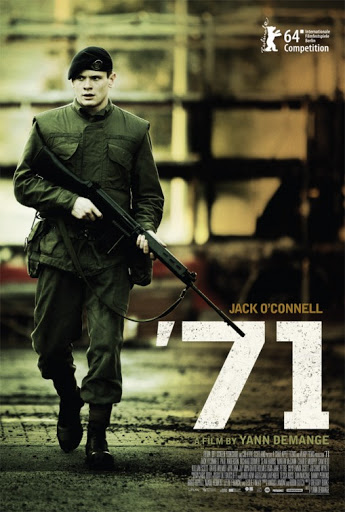
While not a proper war movie Slap the Monster on Page One (Italian: Sbatti il mostro in prima pagina, 1972) it’s a portrait of the turbulent times during the 1970’s in Italy, civil and political unrest was rampant and there were frequent urban fights and terrorist acts, this period was called Gli Anni di Piombo (The led years).
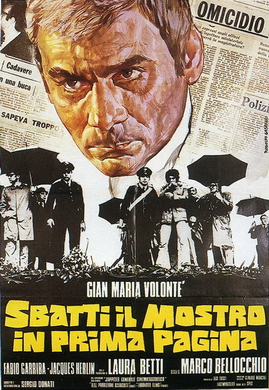
I took the liberty to add English subtitles (you must activate the button) to a scene where an Italian conservative newspaper director played by Gian Maria Volonté (one of the best Italian actors, he also worked with Sergio Leone) tells one of his employees what journalism should be about.
I’m not a native English speaker so any criticism, either positive or negative, is welcomed.
At the end of the Second World War, a regiment of the First Russian National Army, loyal to Nazi Germany fleds to neutral Liechtenstein to escape the Red Army
Seeking asylum and salvation in this neutral state, these soldiers, along with some civilian associates, are warmly welcomed by the Liechtenstein government. Indeed, although returned by force in the country, Prince Franz Joseph II, Prince of Liechtenstein is understanding and accepts the refugees with the respect due to their rank of combatants. Russian General Boris Smyslovsky tries to monetize the surrender of his troops to U.S. Army rather than to the Red Army. He is working to take them to Argentina, a country where they will not be hunted down, but that is without counting on the hatred of the Soviets for these “traitors”.
The film traces the efforts of the Liechtenstein authorities not to hand over these 400 refugees and shows the lies and manipulations of the Soviets to convince them to return voluntarily. After promising them a new life as part of the reconstruction of the USSR, the Soviets managed to persuade about 200 of these men to return. On the return journey, the train stops in Hungary and all the “returnees” are murdered with machine guns.
this film is forbidden in modern-day Russia and Belarus.

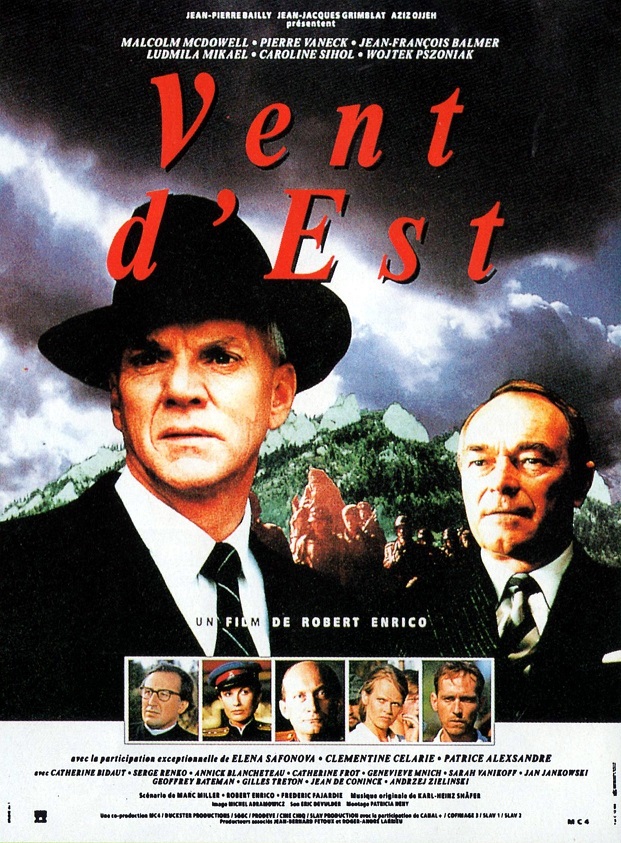
This is a 1976 British war film directed by John Sturges (his final directed feature film) and starring Michael Caine, Donald Sutherland, and Robert Duvall. Based on the 1975 novel The Eagle Has Landed by Jack Higgins, the film is about a fictional German plot to kidnap Winston Churchill near the end of the Second World War. The Eagle Has Landed was Sturges’ final film and was successful upon its release.
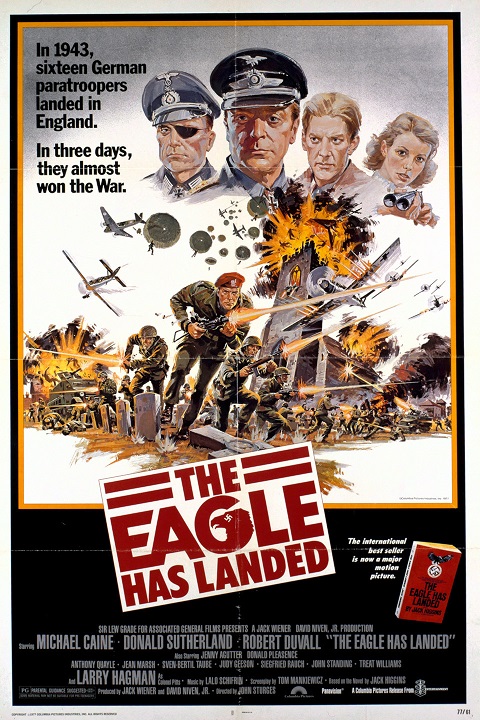
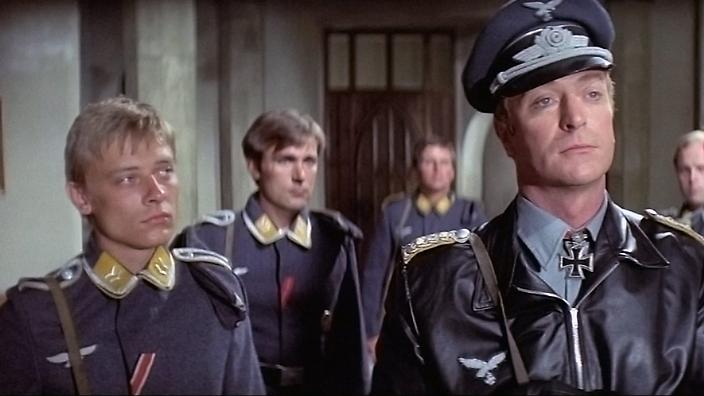
Русский Корпус. Свидетельства (Russian Corps. Testimonies)
The documentary film “Russian Protective Corps. Testimonies” shows in detail the history of the White Russian emigration in the Balkans from the moment of its occurrence (1920–21) until its disappearance (1948). The film consists of 6 episodes of 50 minutes each. The video sequence of the film includes unique newsreels and iconography (more than 450 photographs), most of which have never been shown on the screen.
The history of the Russian Corps is told from the screen by direct participants in the events. The creation of the Corps, the struggle against the partisans of Joseph Tito, emigration - appear before the viewer not as dry historical facts, but as real, living history, firsthand. The personal charm of the storytellers, their own interpretation of events, and their attitude to the experience make the historical film a real saga about the tragic fate of our compatriots - children of Great Russia.
No less personal is the story of the film. Two cousins, Konstantin and Rostislav Ordovsky-Tanaevsky, are looking for witnesses to the lives of their immigrant fathers, who in 1941-45 fought as part of the Russian Corps. A counterpoint to the main plot is the life story of his third brother, Mikhail, also involved in the search. He was born and raised in the USSR, spent a year in the besieged Leningrad, was an active Komsomol member, and his father was a member of the CPSU.
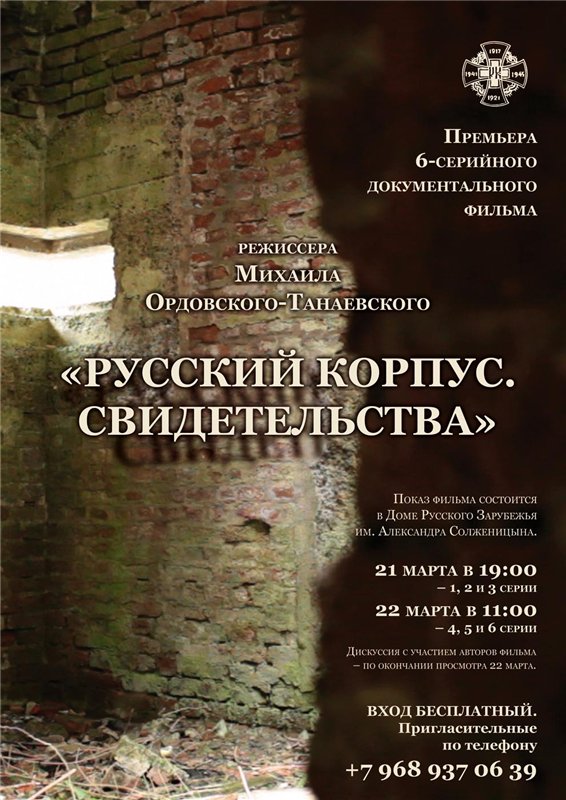

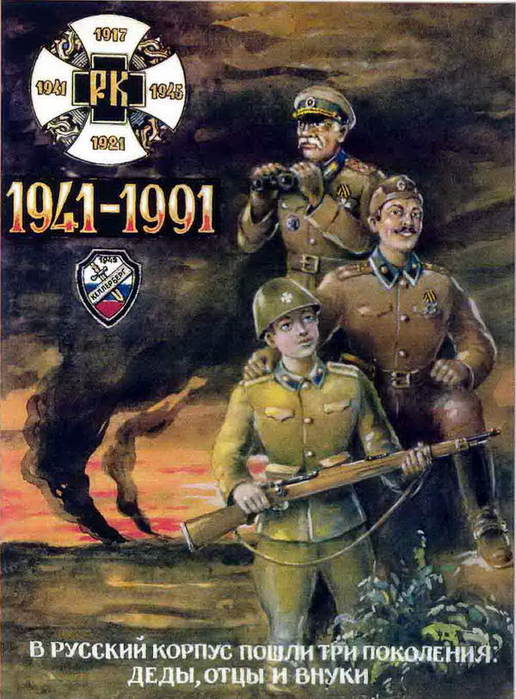
Hostiles (2017) it’s a sad and somber movie about the grim reality of the relationship between the white settlers and the Native Americans during the 19th century.
An underrated flick in my opinion, the photography is top notch and the cast is stellar, plus I have no shame in admitting that Christian Bale with that uniform and mustaches makes me doubt my heterosexuality.
During the Battle of Saipan, on 7 July 1944, Captain Sakae Ōba partakes in a final banzai charge against the United States Marine Corps on the island of Saipan. It is the largest banzai charge of the Pacific War, but fails, resulting in over 4,000 Japanese deaths after 15 hours of close combat. American forces declare the island secure on 9 July, while Ōba and a handful of survivors retreat into the jungle and begin a guerrilla-style war using Mount Tapochau as a base due to its natural defensive position and prominent heights overlooking every possible approach. With only 46 soldiers and 200 civilians at his disposal, Ōba (nicknamed “the Fox” by the Americans due to his cunning strategy) holds out for 512 days before surrendering on 1 December 1945, having lasted three months after Japan’s capitulation following the bombing of Hiroshima and Nagasaki. Ōba marches down from the mountain with his remaining survivors singing a song “spirit of infantry” (imperial Japanese army infantry song) and presents his sword to the American commander in a formal and dignified manner, the last organized resistance of Japanese forces of the Second World War.
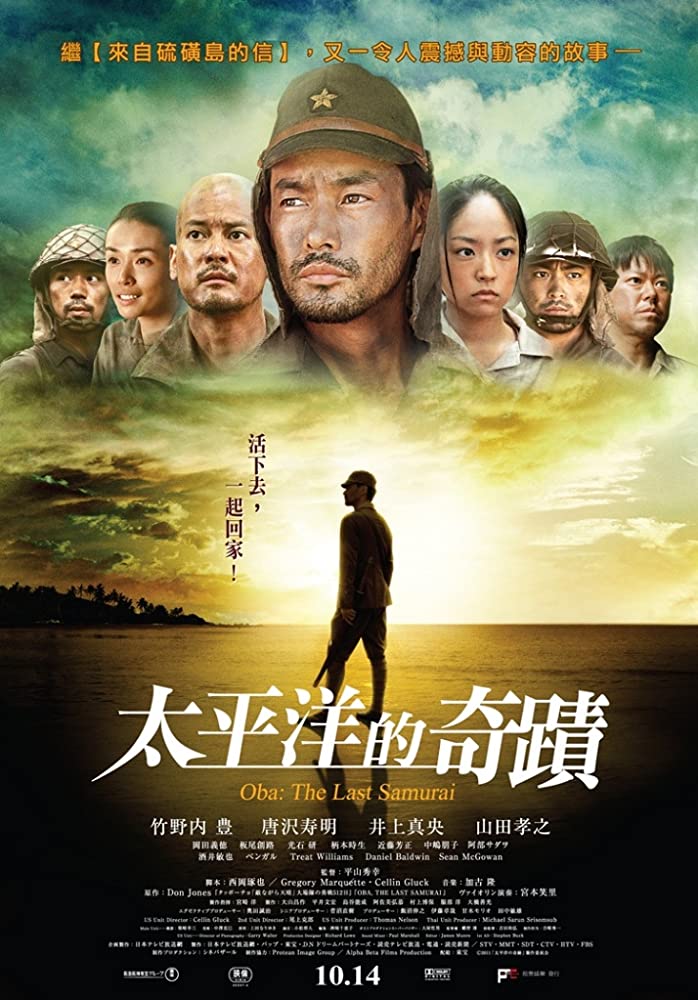
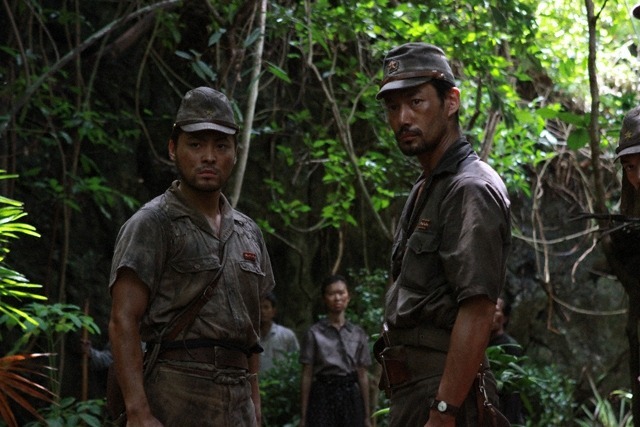
Bury my Heart at Wounded Knee (2007) it’s an historical television film adapted from the homonymus book, I posted below the exchange between Colonel Miles and Chief Sitting Bull that in my opinion adds an interesting “grey” perspective to an event often seen with polarizing opinions.
‘A Helmet for my Pillow’ by Robert Leckie and ‘with the old breed’ by Eugene Sledge are also worth a read. Interestingly, Eugene Sledge’s PTSD reduced dramatically after he wrote the book some 20 years later…
